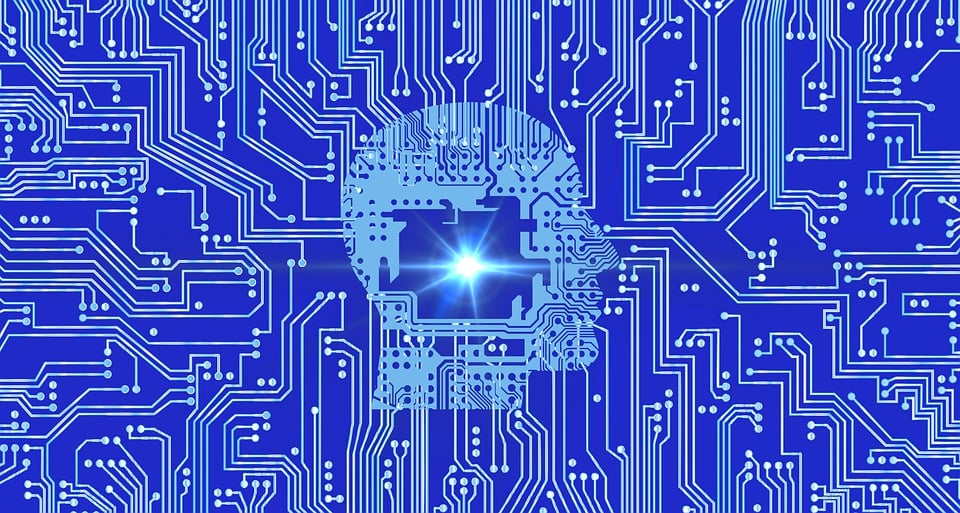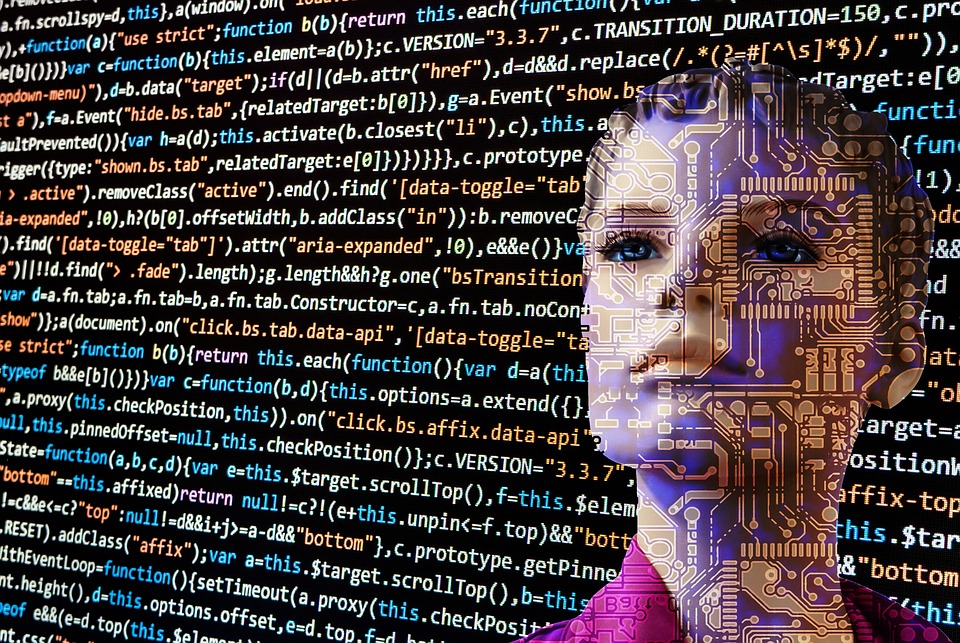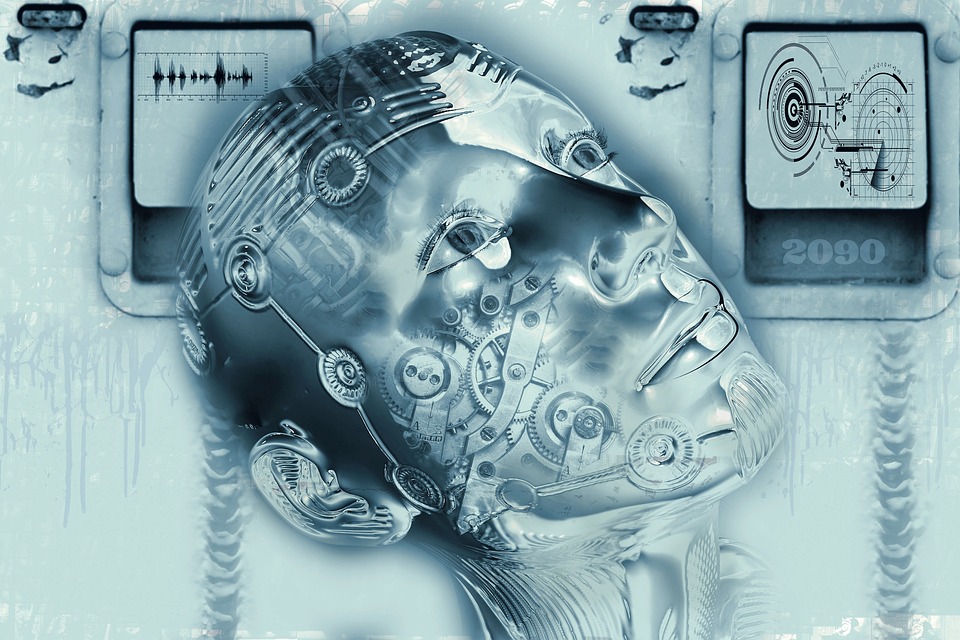Brains and Brushes: The Fascinating Collision of AI and Artistic Expression
Introduction
Artistic expression has always been an integral part of the human experience. From the cave paintings of our ancestors to the masterpieces that adorn museum walls, art has allowed us to communicate, explore, and understand the world around us. However, in recent years, a captivating collision has occurred between artificial intelligence (AI) and artistic creation. Through the marriage of algorithms and brushes, AI has begun to create art that challenges traditional notions of creativity and pushes the boundaries of human imagination. This article aims to delve into the fascinating world of AI-generated art, exploring its evolution, impact, and implications for the future.
The Evolution of AI-generated Art
The history of AI-generated art can be traced back to the 1960s when artists and computer scientists began to explore the possibilities of using computers as tools for artistic creation. One of the earliest examples was AARON, a program created by Harold Cohen, which generated colorful abstract paintings based on a set of rules defined by the artist. Since then, AI-generated art has come a long way, thanks to advances in machine learning and deep learning algorithms.
Today, AI systems such as Generative Adversarial Networks (GANs) and Variational Autoencoders (VAEs) have revolutionized the art world. These algorithms can analyze vast amounts of data, learn the underlying patterns and styles of various art movements, and generate original pieces that mimic the works of great artists. From mimicking Van Gogh’s iconic brushstrokes to creating entirely new art forms, AI has expanded the possibilities of artistic expression.
The Impact on Traditional Artists
The collision between AI and artistic expression has understandably caused some concerns among traditional artists. Many fear that AI-generated art will make their skills and creativity obsolete. However, rather than replacing human artists, AI has the potential to enhance their skills and act as a source of inspiration.
AI-generated art can serve as a valuable tool for artists, helping them experiment with different styles, techniques, and compositions. It can generate novel ideas that human artists might not have considered, acting as a collaborator rather than a competitor. By freeing artists from the constraints of conventional styles, AI can push the boundaries of creativity and pave the way for new artistic movements.
The Ethical and Philosophical Questions
The collision of AI and artistic expression raises ethical and philosophical questions about the nature of creativity and authorship. Can AI be considered a true artist? Does it possess true creativity, or is it merely mimicking pre-existing styles? These questions are hotly debated among scholars and artists alike.
While AI can produce astonishingly original pieces, it lacks the consciousness and subjective experience that humans bring to their creations. AI-generated art lacks the emotional depth and personal narratives that humans infuse into their work. Therefore, the question remains whether AI-generated art can be considered truly artistic or if it should be viewed as a separate category.
FAQs
Q: Can AI-generated art ever surpass the creativity of humans?
A: It is hard to predict the future, but at present, AI can mimic different artistic styles, but true creativity remains a realm of human capability. AI lacks subjective experiences, emotions, and consciousness that are essential elements of artistic creation.
Q: Does AI-generated art devalue the work of human artists?
A: No, AI-generated art should not be seen as devaluing the work of human artists. Instead, it offers new possibilities and serves as a tool for inspiration and exploration. It enhances the artistic process, allowing human artists to push their boundaries.
Q: Is AI-generated art a threat to the art market?
A: While AI-generated art has gained attention in recent years, it is unlikely to pose a significant threat to traditional art markets. Authenticity, human touch, and the personal story behind an artwork will always hold immense value to collectors and art enthusiasts.
Q: Can AI-generated art be considered original?
A: AI-generated art can produce original pieces that are distinct from the training data it learned from. However, the source of creativity in these pieces lies within the training data rather than originating from the AI system itself.
Conclusion
The collision of AI and artistic expression has fueled a new wave of creativity and exploration in the art world. AI-generated art has the potential to inspire, challenge, and push the boundaries of traditional artistic conventions. While questions of authorship and creativity may continue to be debated, it is clear that AI is an exciting tool that can enhance the artistic process while coexisting with human creativity. As technology advances further, the collaboration between brains and brushes is set to shape the future of art and continue captivating audiences around the world.










